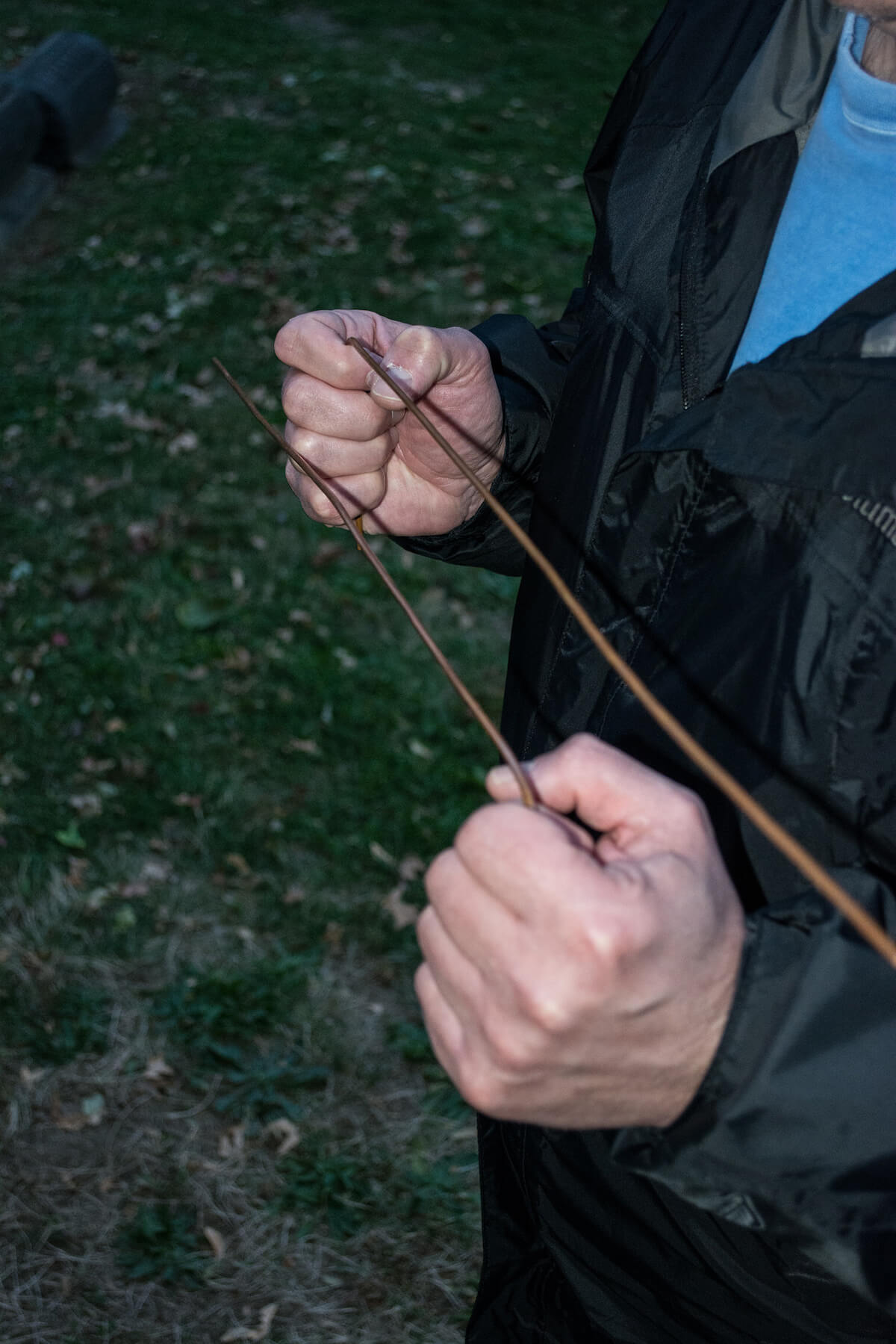Witching for water, or water dowsing, is an old practice to find an object using forked sticks, pendulums, or rods. Water dowser claim that they can find things ranging from fresh water to unmarked graves and ghosts.
Brief History Of Dowsing
One of the first written records concerning witching for water is the De Re Metallica by Georgii Agricola, written sometime between 1494 to 1555. However, there are many varying thoughts about water dowsing’s origins, varying from the ancient Greeks, Germany, and in some cases Moses (Numbers 20:9-11).

Water witching has been used in a variety of places around the world at some time or another. With this widespread phenomenon, water witches have used an assortment of methods and tools. Some water witches prefer forked branches, while other water witches use metal rods, keys, pendulums, or even coat hangers. Water dowsing has continued as a major method for finding underground springs throughout the centuries. In fact, some farmers and homesteaders still use water dowsing to locate water and pipes today, and in one German study hundreds of dowsers were able to determine depth and yield within 10-20%.
Related Post: Solar Drinking Water
Although there may be controversy about this subject, I have tried my hand at water witching a few times. Each time I have tried witching for water, I was surprised to be directed to a water source fairly quickly. In my experience, there has had to be more than just a little bit of water for the rods to “pick up” a signal. Even with this in mind, each time I have been amazed by the results. When I tested water dowsing, I did find wooden branches were not as effective for me compared to the metal rods.
Dowsing Methods
There are many ways to witch for water. Below are explanations for a few of the different methods used today.
Forked Branches
With this method, you simply take a Y-shaped branch and hold the two even ends like handles. Your wrists should be facing upward with the ends between the middle and ring fingers. The stem of the Y-shape will point directly out in front of you at chest level. As you walk around, the branch will dip down or twitch to indicate there is water below. It’s believed that water witches preferred freshly cut branches for this type of dowsing.
L-Rods
For this method, the rods are made of copper, silver, or brass. The handles are considered the shorter end, as the longer sides are used for direction. A rod is held in either hand with the longer sides level to the ground and parallel with one another. As you pass over a source of water, the rods should move together in the shape of an X on their own.
Some people believe you should “ground” the rods, asking questions, before walking around. One way to ground the rods is to touch the tips of the handle side to the ground, asking yes or no questions for guidance. A yes is usually indicated by the rods crossing in an X, similar to when they “find” water.
Related Post: Best Water Purifier
In other cases, individuals immediately start to walk around until the rods cross to indicate the presence of water. In the video below, a person uses L-rods to find water on some property at the 2:45 mark of the video.
Pendulum
Using a pendulum is a little different from the rods or forked branches. A pendulum is made to swing in different directions to indicate an answer. The water witch must become associated with the specific pendulum to learn which direction means “yes,” and which direction indicates “no.”
The rest of the actions are fairly similar to the first two methods.
Final Thoughts
Water witching may seem to be a thing of the past, but some people successfully use water dowsing today.
Farmers all over the world continue to use water witches to locate underground minerals, precious metals, and water. With the persistence of water witching throughout history, it may remain the popular form of finding water without technology.









































Leave a Reply